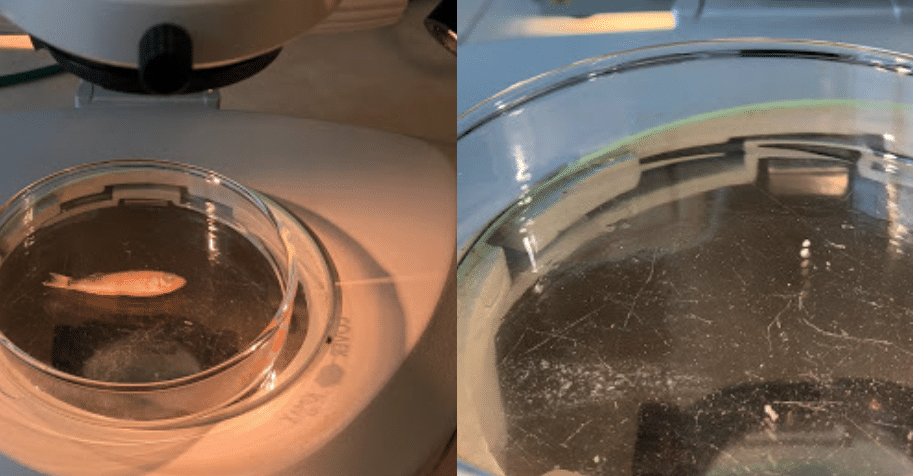Below is a blog by Maddie Maffia, the Center’s Communications intern who helps with our enews. We are so grateful for Maddie’s commitment both to getting the enews out on time and for her commitment to climate protection. Here is an update on her recent studies as they relate to climate science.
_____________________________________________________________
As my education at Oregon State University furthers, my knowledge of prevalent environmental problems grows and my desire to solve them deepens. Over the past three years studying environmental science, I have been truly fascinated by aquatic science. My specialization is now aquatic biology and environmental water resources. My previous internship this summer, with the UC Davis Tahoe Environmental Research Center, showed me the interesting correlation between hydrological processes and aquatic environments. A recent blog I wrote, describes the impacts of changing seasons and the water quality of Lake Tahoe. My past blog talks about the impacts solely on Lake Tahoe, although the impacts of declining water quality can be translated to many other bodies of water around the world. What I didn’t go into depth on during that blog is how the change in water quality is affecting the aquatic species beneath the surface.
At the start of this school year, I was given the opportunity to help OSU PhD students study juvenile fish otoliths and how oceanographic changes are affecting them. This research opportunity has allowed me to take my passion of water resources, and expand upon it to understand how the changes in water quality are affecting the organisms beneath the surface of the water.
Fish otoliths are small carbonate stones that are situated in the inner ear, just next to the brain. There are three pairs of otoliths in each fish called the sagittae, lapilli, and asterisci. Similar to tree rings, fish otoliths lay down rings for each year the fish is alive. The research that I have been helping on in the Plankton Ecology Lab at OSU has been primarily with larvae and juvenile rockfish and cabezon. These juvenile fish lay a ring on their microscopic otolith each day they are alive, and these stones translate similar information to tree rings. Age, growth, food availability, habitats, and much more can be analyzed from the ring patterns. This research can also reveal much about how the water quality is impacting the organism.
So far, the research in the lab is still in progress, although it can still bring awareness to the public before it is completed. The Climate Center’s “mission is to inspire, align, and mobilize action in response to the climate crisis,” and that is such an important mission to remember. Without science communication, the research that is done is pointless. The combination of my past internships, current research positions, and job at The Climate Center have shown me all three important sides to the water quality issues we are currently experiencing.
Changing climate is altering the weather patterns and ecosystems, a changing ecosystem is harming the aquatic organisms, and a transformation is the environment is creating a larger need for science communication. Our actions and decisions we make daily are impairing the future environments we all take for granted. What we can learn from this is to live consciously and think about how we are impacting other around us. All people and things are interconnected, whether it is obvious or not, and as a member of the human race we need to remember that.


